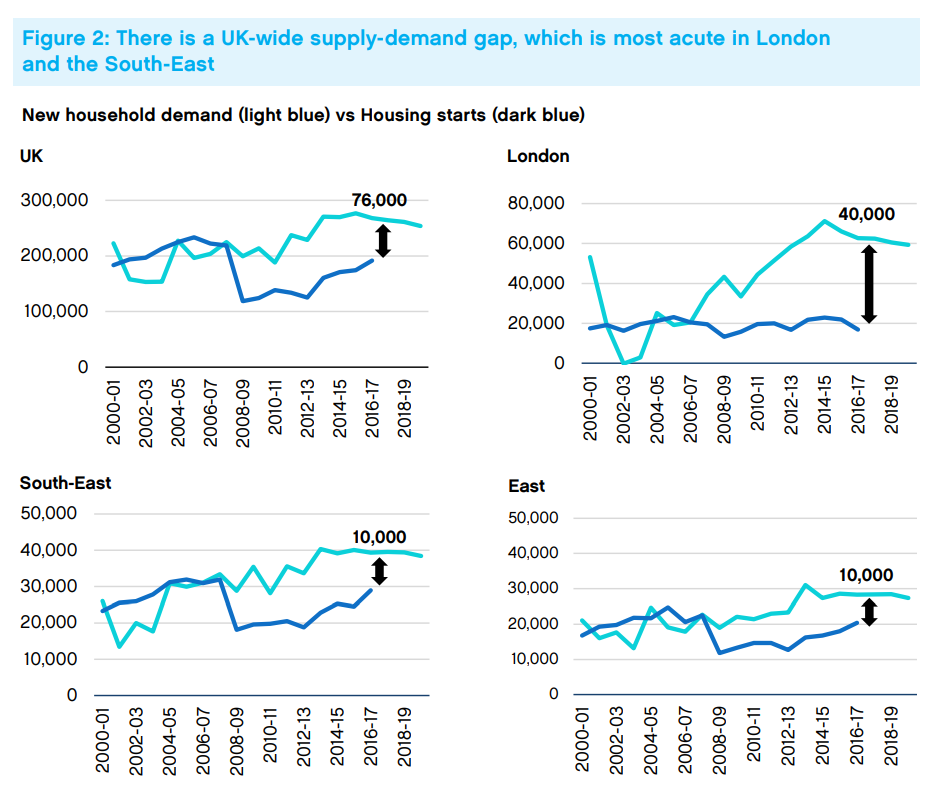Buying A Watch: A Practical Approach To Budget Planning

Table of Contents
Determining Your Watch Budget
Before diving into the exciting world of watch brands and styles, you need a solid financial foundation. Understanding your budget is the first crucial step in buying a watch responsibly.
Assessing Your Financial Situation
Before you even start browsing luxury watches, take a realistic look at your finances.
- Analyze your current income and expenses: Track your spending for a month to understand where your money goes. Use budgeting apps like Mint or YNAB to categorize expenses and identify areas for potential savings.
- Identify discretionary funds: Once you know your essential expenses, determine how much money you have left over each month for non-essential items, such as a new watch. This is your discretionary income.
- Prioritize your needs: Is buying a watch a necessity or a luxury purchase? If it's a luxury, it should fit comfortably within your budget without impacting essential expenses like rent, bills, or groceries.
- Consider long-term financial goals: Don't let a watch purchase derail your larger financial objectives, such as saving for a down payment on a house or investing for retirement.
Defining Your Watch Needs vs. Wants
Knowing the difference between "needs" and "wants" is essential for staying within your watch budget.
- List essential features: Consider factors like water resistance (for swimming or water sports), durability (for daily wear), and the type of movement (quartz or mechanical).
- Identify desirable features: Think about aesthetics – the watch's design, brand reputation, and any complications (chronograph, date, moon phase) you desire.
- Prioritize features: Rank your needs and wants. This helps you focus your search and avoid overspending on features you might not truly need. A simple, durable watch might be a better fit for your budget than a highly complicated one.
- Consider resale value: Some watch brands hold their value better than others. If you anticipate selling your watch in the future, research the resale market for the models you’re considering.
Researching Watch Prices and Value
Once you've established your budget, it's time to research watch prices and understand their value.
Understanding Different Watch Types and Price Ranges
The world of watches is vast, with various types, brands, and price points.
- Explore watch categories: Quartz watches are generally more affordable than mechanical watches, which are prized for their intricate movements. Smartwatches offer additional technological features, but their value may depreciate faster.
- Research price ranges: Different brands have different price ranges. A pre-owned luxury watch might fall within your budget, while a new, high-end model might not.
- Consider materials: The materials used in a watch (stainless steel, gold, titanium, ceramic) significantly impact its price. Titanium, for example, is generally more expensive than stainless steel.
Utilizing Online Resources and Price Comparison Tools
Leveraging online resources can help you make informed decisions and find the best deals.
- Explore watch review websites and forums: Websites and forums like Watchuseek, Hodinkee, and Fratellowatches offer in-depth reviews, discussions, and price comparisons.
- Use price comparison tools: Several websites compare prices from authorized dealers and reputable sellers. This helps you find the best deal without compromising authenticity.
- Be wary of extremely low prices: Unusually low prices often indicate counterfeit products. Always purchase from reputable sources.
Creating a Realistic Savings Plan
Now you need a plan to reach your watch-buying goal.
Setting Savings Goals and Timelines
Creating a savings plan ensures your watch purchase doesn't strain your finances.
- Determine monthly savings: Figure out how much you can comfortably save each month without compromising your essential expenses.
- Set a realistic timeframe: Based on your savings rate and desired watch price, calculate how long it will take to save enough money.
- Adjust your plan: Life happens! Be prepared to adjust your savings plan if unexpected expenses arise.
Exploring Financing Options (If Necessary)
If saving takes too long, consider financing options, but proceed cautiously.
- Research interest rates: Compare offers from different lenders and understand the terms and conditions, including interest rates and repayment terms.
- Calculate the total cost: Don't focus solely on monthly payments; calculate the total cost of financing, including interest, before committing.
- Prioritize low interest: Opt for lenders offering low interest rates to minimize the overall cost.
Avoiding Common Budget Pitfalls
Several pitfalls can derail your watch-buying budget.
Impulse Purchases
Avoid impulsive decisions. Research thoroughly and only buy when you’re certain.
Overspending on Unnecessary Features
Stick to your prioritized features. Avoid unnecessary complications that inflate the price.
Neglecting Maintenance Costs
Factor in the cost of servicing and repairs, especially for mechanical watches.
Ignoring Resale Value
Consider the watch's potential resale value before purchasing.
Conclusion
Buying a watch is a rewarding experience, but careful budget planning is key. By following the steps outlined above – from assessing your financial situation to researching prices and creating a realistic savings plan – you can find the perfect timepiece without overspending. Remember to research thoroughly, compare prices, and avoid common budget pitfalls. Happy watch hunting, and may your budget planning for your watch purchase be a successful one!

Featured Posts
-
 Assessing The Health Impact Of Synthetic Hair Braids On Black Women
May 27, 2025
Assessing The Health Impact Of Synthetic Hair Braids On Black Women
May 27, 2025 -
 First Look Lost Wolves Of Yellowstone Documentary Trailer
May 27, 2025
First Look Lost Wolves Of Yellowstone Documentary Trailer
May 27, 2025 -
 Why Does King Charles Iii Celebrate Two Birthdays A Royal Explanation
May 27, 2025
Why Does King Charles Iii Celebrate Two Birthdays A Royal Explanation
May 27, 2025 -
 Congres Ps L Appel A L Union De Karim Bouamrane Contre Olivier Faure
May 27, 2025
Congres Ps L Appel A L Union De Karim Bouamrane Contre Olivier Faure
May 27, 2025 -
 Ray J Wants To Join Kai Cenats Stream The Full Story
May 27, 2025
Ray J Wants To Join Kai Cenats Stream The Full Story
May 27, 2025
Latest Posts
-
 Trumps Trade War 8 Key Impacts On The Canadian Economy
May 30, 2025
Trumps Trade War 8 Key Impacts On The Canadian Economy
May 30, 2025 -
 Is Lng Development In Bc Falling Behind 5 Major Projects Analyzed
May 30, 2025
Is Lng Development In Bc Falling Behind 5 Major Projects Analyzed
May 30, 2025 -
 Monte Carlo Masters Alcaraz Defeats Musetti For First Win
May 30, 2025
Monte Carlo Masters Alcaraz Defeats Musetti For First Win
May 30, 2025 -
 Via Rail Invests 330 K In Quebec Marketing For High Speed Rail Initiative
May 30, 2025
Via Rail Invests 330 K In Quebec Marketing For High Speed Rail Initiative
May 30, 2025 -
 The Housing Market Crisis Understanding The Drop In Home Sales
May 30, 2025
The Housing Market Crisis Understanding The Drop In Home Sales
May 30, 2025
